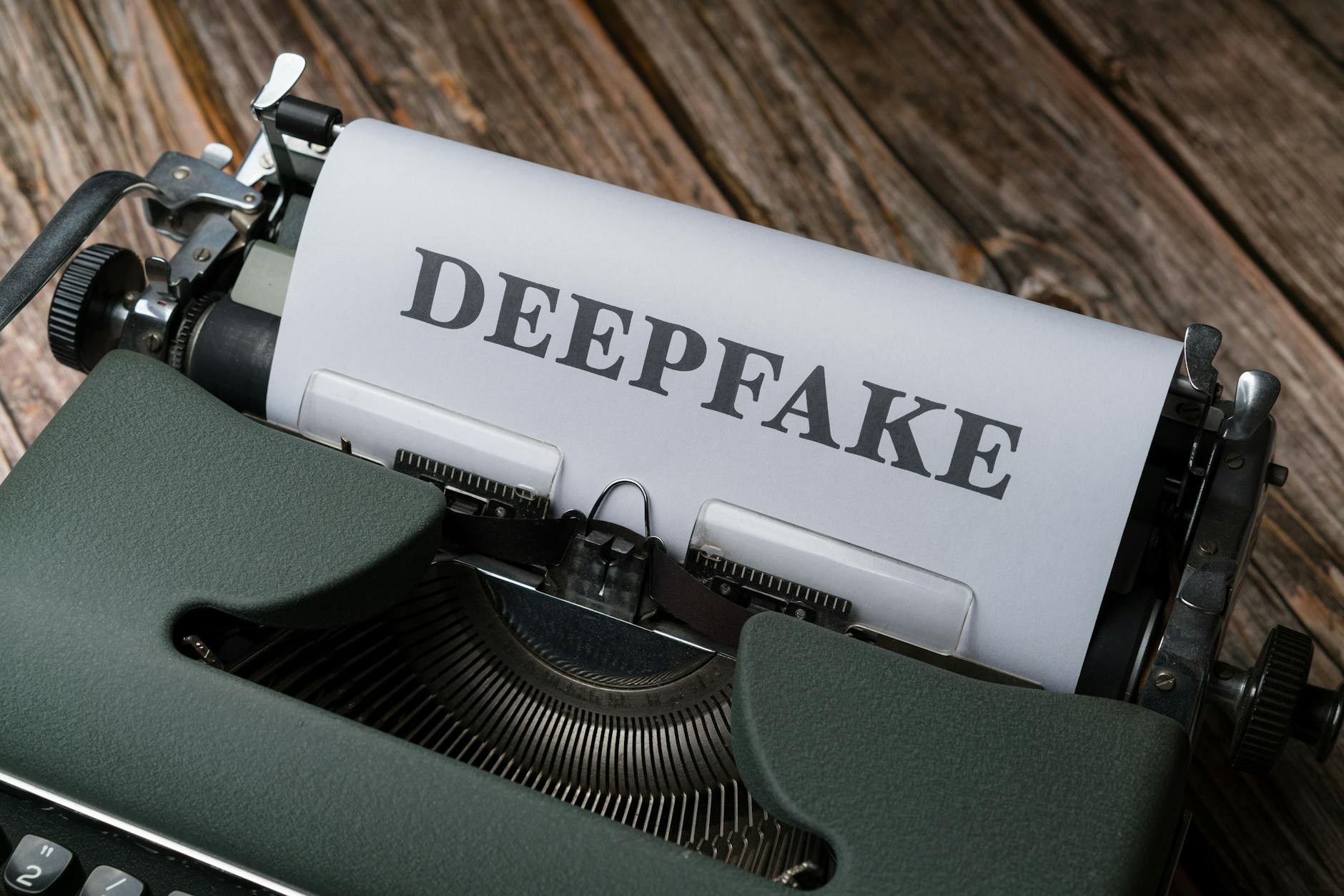Artificial intelligence has revolutionized various aspects of our lives, but it has also given rise to a new form of digital deception known as deepfakes. These sophisticated forgeries use AI algorithms to manipulate videos or images, making it difficult to discern between real and fake content. In this ultimate guide, we will delve into the world of deepfakes, explore how they work, and provide tips on how to detect and unmask these AI scams.
Understanding Deepfakes
Deepfakes are created using deep learning algorithms that analyze existing images, videos, and audio recordings to generate highly realistic fake content. They can seamlessly swap faces, alter voices, and even create entirely fabricated scenes that appear authentic at first glance. The rapid advancement of AI technology has made it easier for malicious actors to create convincing deepfakes, posing a significant threat to individuals, businesses, and society as a whole.
How Deepfakes Can Be Misused
The potential misuse of deepfakes is vast and concerning. From spreading misinformation and fake news to manipulating public figures’ statements, deepfakes have the power to deceive millions of viewers. Imagine a deepfake video of a world leader declaring war or a celebrity endorsing a product they have never used. These fabricated videos can cause chaos, damage reputations, and incite conflicts if left undetected.
Detecting Deepfakes
Fortunately, there are several methods and tools available to help detect deepfakes and differentiate them from authentic content. One common technique is to analyze facial inconsistencies, such as unnatural eye movements, inconsistent lighting, or mismatched facial expressions. Deep learning experts and technologists are also developing specialized algorithms that can identify subtle discrepancies in deepfake videos through pattern recognition and analysis.
Verifying the Source
When encountering suspicious content, it is essential to verify the source and authenticity of the material. Check for any unusual artifacts, audio distortions, or visual anomalies that may indicate a deepfake. Additionally, cross-referencing the content with reputable sources or conducting a reverse image search can help confirm whether the video or image has been altered using AI technology.
Educating Yourself and Others
As deepfake technology continues to evolve, staying informed and educating others about the risks associated with deepfakes is crucial. Encourage digital literacy and critical thinking skills to help individuals develop a keen eye for detecting potential deepfake threats. By raising awareness and promoting responsible online behavior, we can collectively combat the spread of disinformation and safeguard against the harmful effects of deepfakes.
Conclusion
Detecting and unmasking deepfakes requires vigilance, critical thinking, and a proactive approach to safeguarding digital integrity. By understanding how deepfakes are created, knowing how to spot the telltale signs of manipulation, and staying informed about emerging detection methods, individuals can protect themselves from falling victim to AI scams. As technology advances, so too must our defenses against deceptive practices like deepfakes. By arming ourselves with knowledge and staying one step ahead, we can outsmart the perpetrators of digital deception and preserve trust and authenticity in the age of artificial intelligence.



